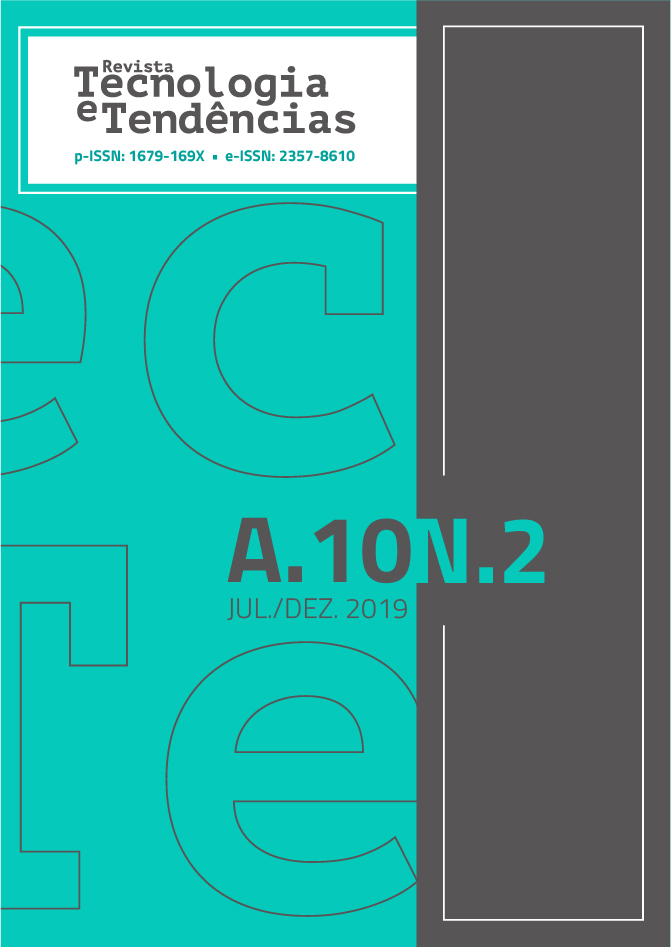APLICAÇÃO DO MÉTODO DMAIC PARA MELHORIA NO PROCESSO DE SOLDA LASER NA INDÚSTRIA AUTOMOTIVA
DOI:
https://doi.org/10.25112/rtt.v10i2.1798Resumo
A soldagem a laser é amplamente utilizada na indústria automotiva, pois apresenta qualidade no acabamento, aporte de energia e redução da zona afetada pelo calor. No entanto, a limitação quanto à espessura do cordão de solda, instabilidade no foco do laser e a dificuldade em guiá-lo para a região de soldagem exigem sistemas robotizados de alta precisão para a aplicação de maneira adequada. O processo na unidade fabril em questão é totalmente robotizado, porém, apresentou instabilidade durante a soldagem, resultando em falhas no cordão e desgaste prematuro dos bicos de soldagem. Este trabalho, por meio da metodologia DMAIC, estabeleceu a correlação entre as falhas no cordão de solda, troca excessiva dos bicos e cast do arame de soldagem. Foi determinada a causa raiz do problema e propôs-se soluções viáveis, as quais foram implementadas. A partir dessas ações na empresa automotiva, foi possível reduzir o consumo de bicos em 60% durante o processo de soldagem, permitindo manter o índice de falhas abaixo de 0,6 a cada mil unidades inspecionadas.
Palavras-chave: DMAIC. Soldagem a Laser. Indústria Automotiva.
ABSTRACT
Laser welding is widely used in the automotive industry, because it offers quality in finishing, energy supply and reduction of the heat affected zone. However, limiting the thickness of the weld bead, instability in the focus of the laser and the difficulty in guiding it to the welding region, requires high-precision robotic systems for proper application. The process in the industry in question is totally robotized, but it showed instability during welding, resulting in cord failure and premature wear of the welding nozzles. This work, through the DMAIC methodology, established the correlation between weld bead failures, excessive nozzle exchange and cast welding wire. The root cause of the problem was determined and viable solutions were proposed and implemented. From these actions in the automotive industry it was possible to reduce the nozzle consumption by 60% during the welding process, allowing to keep the failure rate below 0.6 per thousand inspected units.
Keywords: DMAIC. Laser Beam Welding. Automotive Industry.
Downloads
Publicado
Edição
Seção
Licença
• Os autores mantêm os direitos autorais e concedem à revista o direito de primeira publicação com o trabalho licenciado sob a Licença Creative Commons - Attribution 4.0 International (CC BY 4.0).
• Os autores são estimulados a publicar e distribuir seu trabalho online (ex.: em repositórios institucionais ou na sua página pessoal), pois isso pode aumentar o impacto e a citação do trabalho publicado.
--------------------------------------------------------------------------------------------------------------------------------
• The authors retain the copyright and grant the magazine the right of first publication with the work licensed under the Licença Creative Commons - Attribution 4.0 International (CC BY 4.0).
• Authors are encouraged to publish and distribute their work online (eg in institutional repositories or on their personal page), as this may increase the impact and citation of the published work.

